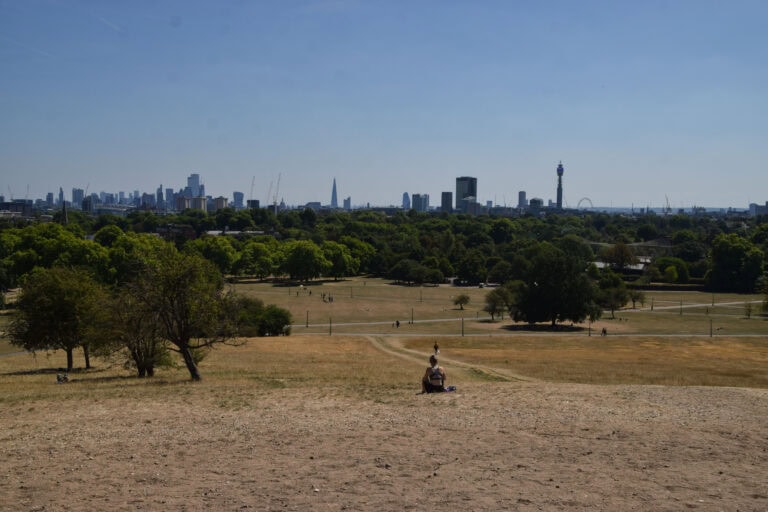Health & Wellbeing

Many of the largely preventable public health challenges facing the UK today are heavily affected by environmental factors. The built environment is one of the key levers which, within multi-targeted and systems-based interventions, could help ameliorate or even prevent health conditions of public health significance – as well as help address health inequalities.
Whilst the focus of public health and policy on poor environmental conditions is not new, a novel movement amongst built environment professionals can now be observed; the pursuit of wellbeing. This is a subtle but significant shift towards an active pursuit of ‘adding value’ through the fostering of wellbeing. The momentum behind this idea creates a real opportunity. But first we must also address several challenges.
Firstly, defining the meaning of wellbeing, and its significance at different scales.
Secondly, finding evidence and ‘scaling up’. Many factors besides the built environment per se are likely to affect health and wellbeing.
Therefore, large sample sizes and rich datasets are required to prove the real ‘value-add’ of built environment interventions. More efforts should be made to standardize and share data across projects.
Thirdly, scaling down the evidence: buildings or cities will cater for specific individuals or communities. We must carefully consider if and how evidence available today is applicable to these populations or individuals.
Lastly, ensuring a whole systems approach. Isolated and one dimensional changes to the built environment are unlikely to deliver individual or population wellbeing. Only by acknowledging this, we can truly understand how to fully realize the health and wellbeing potential of our buildings and cities.
A Dr Marcella Ucci is a Senior Lecturer in Environmental and Healthy Buildings at the Bartlett’s UCL Institute for Environmental Design and Engineering. Also she is Course Director of the MSc in Health, Wellbeing and Sustainable Buildings. Dr Ucci is Chair of the UK Indoor Environments Group and was a Committee member of the Sustainability Special Interest Group at the British Institute of Facilities Management. She is Deputy Editor of Indoor and Built Environment, and Associate Editor of Architectural Science Review.
Find out more about health and wellbeing through UKGBC’s State of Sustainability in the UK Built Environment infographics.
Related
Why is social value so crucial when developing and managing commercial real estate?

The “healthy” built environment – balancing wellbeing, comfort and sustainability.

How the urban heat island effect makes cities vulnerable to climate change

3 Key Policies – The UK isn’t built for this heat, the next Prime Minister must take this seriously

